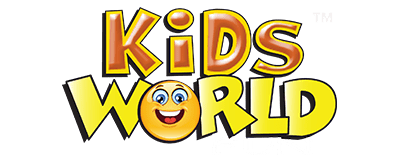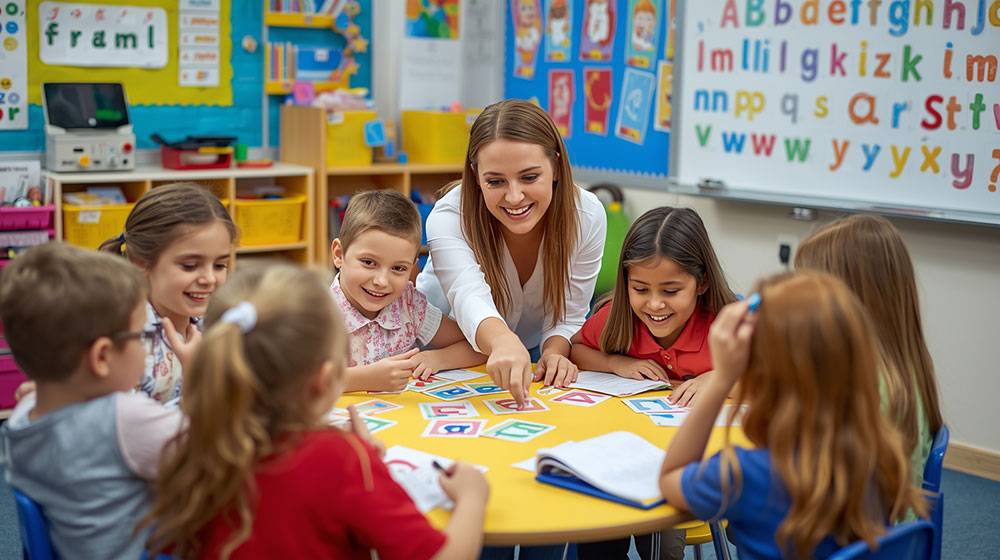Crack the Code: Fun and Educational Alphabet Riddles for Kids
Alphabet riddles are short, fun puzzles that make children think creatively about letters, words, and sounds. Instead of memorizing A to Z, kids get to play detective—solving clues that reveal letters or words beginning with those letters.
1. Introduction to Alphabet Riddles
Last Tuesday, my 5-year-old nephew refused to practice his ABCs. “Boring,” he declared, crossing his tiny arms. So I tried something different. “Okay,” I said, “I’m thinking of a letter. It’s the first one in ‘apple’ and ‘ant.’ What is it?”
His eyes lit up. “A!” he shouted, then immediately asked for another riddle. That’s the power of alphabet riddles. They turn the tedious task of learning letters into an exciting game. Kids aren’t just memorizing—they’re solving mysteries.
Here’s a simple one to start:
? I’m the first letter of Apple and Ant, and I start the alphabet—who am I?
Answer: A
Seems basic, right? But watch a child figure it out for the first time. That moment of “I got it!”—that’s when learning becomes memorable. They’re not just learning the letter A. They’re experiencing the thrill of discovery.
My friend’s daughter calls these “secret code games.” She’s convinced she’s a spy every time she solves one. Whatever works, honestly.
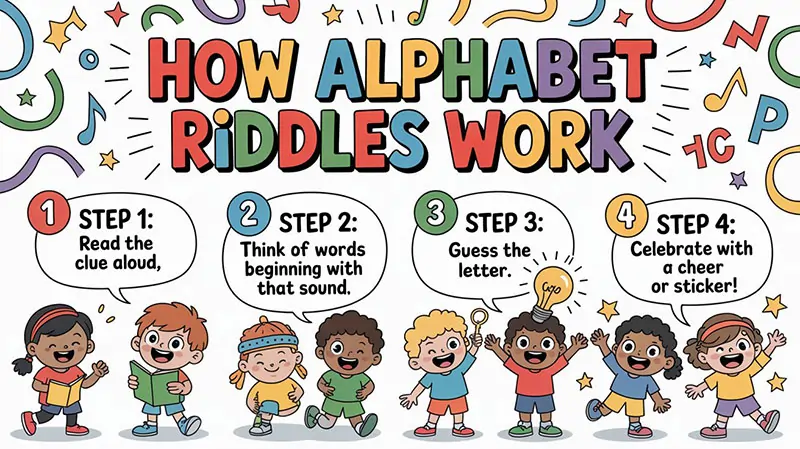
2. How Riddles Enhance Early Literacy and Vocabulary
Riddles aren’t just entertainment. They’re sneaky teaching tools that build real skills without kids even realizing they’re learning.
? Cognitive and Language Benefits
| Skill | How Alphabet Riddles Help | Example Activity |
| Phonemic Awareness | Helps kids recognize sounds in words | Riddle: “I buzz like a bee and begin words like ball and banana.” |
| Vocabulary Building | Introduces new words through fun contexts | Kids guess words that start with the same letter |
| Comprehension | Encourages listening and reasoning | Kids connect clues to known objects |
| Confidence | Builds communication and public speaking | Kids share riddles aloud in class or at home |
Here’s what I’ve noticed: When children solve letter riddles regularly, they stop being afraid of being wrong. They guess. They try. They think out loud. Those are exactly the skills they need for reading.
My son used to struggle with letter sounds. Then we started doing riddles during breakfast. Three weeks in, he was correcting *me* when I mispronounced words. Riddles gave him confidence I couldn’t teach with worksheets.
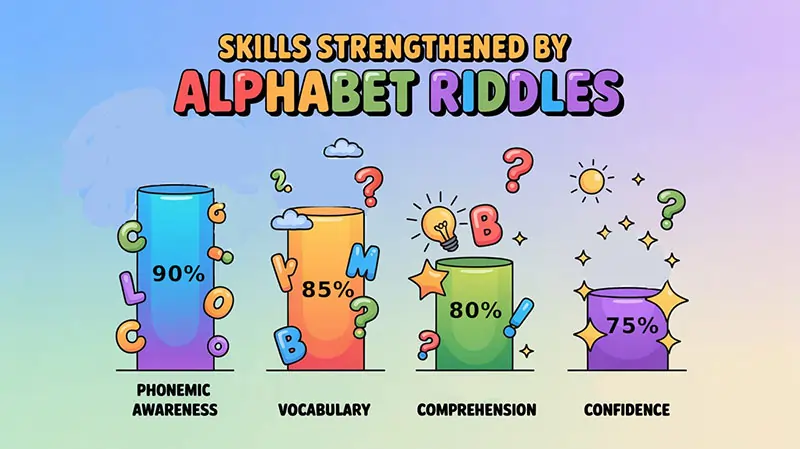
3. Examples of Easy Alphabet Riddles
Alright, let’s get to what you actually came here for—the riddles themselves. I’ve organized these by letter groups so you can tackle a few at a time instead of overwhelming kids with all 26 at once.
?️ A–E Riddles
| Letter | Riddle | Answer |
| A | I’m the first letter you’ll ever say, and I start the word apple every day. Who am I? | A |
| B | I buzz in flowers and bounce on balls. My sound is everywhere when someone calls! | B |
| C | I’m the start of cat and cake, and I sound like I’m ready to create! | C |
| D | I bark and wag my tail with glee, I start the word that rhymes with frog—that’s me! | D |
| E | I’m in elephant and egg, you can hear me at the end of see. Who am I? | E |
? F–J Riddles
| Letter | Riddle | Answer |
| F | I’m found in fish and frog, and I make a sound that feels like a foghorn. | F |
| G | I giggle and glow when I’m good; I start goat and garden in your neighborhood. | G |
| H | I’m happy and humble, I’m the start of house and hat. | H |
| I | I’m slim like a stick and sound like “eye,” you’ll see me in ice and ink sky. | I |
| J | I jump and jiggle and start juice—kids love me in their lunchbox, too! | J |
? K–O Riddles
| Letter | Riddle | Answer |
| K | I kick and keep my keys in a knot—what letter am I? | K |
| L | I lick like a lion and light up lamp. | L |
| M | I moo in the meadow and make music with mom. | M |
| N | I’m nice and neat, and I nap at night! | N |
| O | I’m round like an orange and open your mouth to say my sound. | O |
?️ P–T Riddles
| Letter | Riddle | Answer |
| P | I pop and puff, I’m part of pig and pen. | P |
| Q | I’m a quiet queen waiting in line. | Q |
| R | I roar like a lion and race in the rain. | R |
| S | I slither and hiss, I’m snake’s start and I sound like this—sss! | S |
| T | I’m tall and tough, and I start tree and toy. | T |
? U–Z Riddles
| Letter | Riddle | Answer |
| U | I’m under the umbrella, keeping you dry. | U |
| V | I vibrate and make a vroom sound when vehicles pass by. | V |
| W | I wave with the wind and water your world. | W |
| X | I’m a tricky one—you’ll find me at the end of box and fox. | X |
| Y | I yawn in the morning and yearn for the sun. | Y |
| Z | I zoom, I zigzag, and I’m the last one done. | Z |
4. Using Riddles for Classroom or Home Learning
These riddles work anywhere. Literally. Car rides, waiting rooms, dinner tables, classrooms—anywhere kids have three minutes and working ears.
? In the Classroom
Teachers, try these approaches:
- Riddle of the Day: Start every morning with one alphabet clue written on the board. Kids shout out guesses as they settle in. Gets their brains working immediately.
- Letter Hunt Game: After solving the riddle, send kids on a scavenger hunt. “Find five things in this room starting with B!” Suddenly they’re learning without realizing it’s a lesson.
- Group Challenges: Split the class into teams. Award points for correct answers. Add a leaderboard. Kids go absolutely wild for competition.
I once watched a teacher use riddles during indoor recess on a rainy day. Best classroom management trick I’ve ever seen—twenty-five kids, totally engaged, zero chaos.
? At Home
Parents, here’s what actually works:
- Riddle Cards: Write riddles on index cards. Hide them around the house. Each solved riddle reveals where the next card is hidden. Makes learning feel like a treasure hunt.
- Alphabet Storytime: Before bed, read a few riddles instead of just another picture book. Ask your child to guess the next letter in the story. Keeps their mind active right up until sleep.
- DIY Riddle Jar: Fill a mason jar with folded riddles. Let your kid pick one every day after snack time. Creates a fun routine they’ll actually ask for.
My neighbour does “Riddle Saturdays” with her kids. Every Saturday morning, they solve riddles over pancakes. It’s become their thing. Now her 6-year-old creates his own riddles to stump his parents. That’s when you know it’s working.

5. Tips for Creating Your Own Letter Riddles
Once kids get hooked on solving riddles, they’ll want to make their own. Encourage this! Creating riddles teaches them even more than solving them.
Here’s how to guide them:
- Start with Familiar Words: Pick words they use daily—toys, pets, favorite foods. “What letter starts your teddy bear’s name?” Build from there.
- Add Descriptive Clues: Don’t just say “I’m in cat.” Say “I purr, I have whiskers, I chase mice.” Make it vivid. Make it come alive.
- Keep It Rhyming: Rhymes stick in kids’ brains better than plain sentences. “I buzz in the air and make honey fair!” beats “I’m a bee and I start with B.”
- Involve the Five Senses: “I’m cold and crunchy; you eat me for lunchy!” That’s way more memorable than “I’m a carrot.”
- Make It Personal: Use their actual life. “I’m your dog’s name, and I start with D!” Kids love when riddles connect to their world.
Last month, my daughter created a riddle about our cat: “I’m fluffy and orange, I knock things off tables, and my name starts with M.” That’s Muffin, our chaos demon of a cat. She was so proud of that riddle she made everyone who visited solve it.
When kids create their own riddles, they’re thinking about letters, sounds, and word meanings all at once. That’s three skills in one activity.
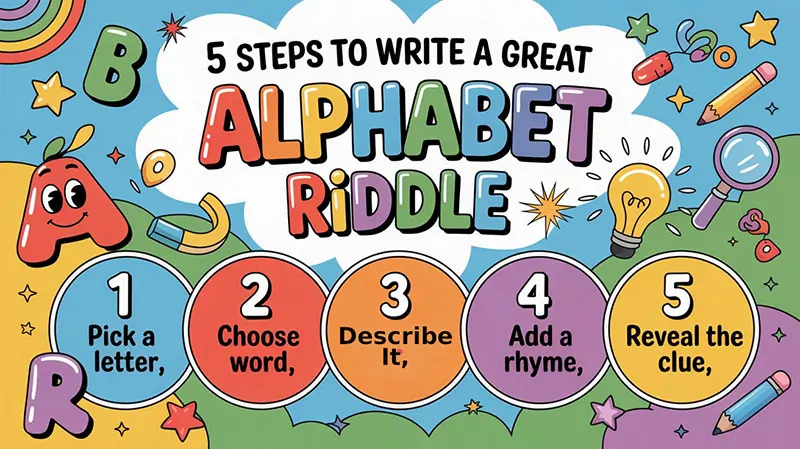
6. Printable Alphabet Riddles Worksheet
Add checkboxes for kids to mark when they’ve solved each one. Include small boxes for drawing the answer—elephant, apple, dog, whatever. Visual kids need that drawing space. Also, leave room at the bottom for them to create their own riddle. That’s the real gold.
Print a stack of these. Keep them in your bag for doctor’s office waiting rooms, restaurant delays, or long car rides. Way better than handing over a tablet.
✏️ Worksheet Example: “Alphabet Detective Challenge”
| Letter | Riddle Clue | Your Answer |
| A | I’m the first in the line, red and round, and grow on trees fine. | ______ |
| B | I buzz and fly, yellow and black in the sky. | ______ |
| C | I purr, chase mice, and love naps. | ______ |
| D | I have four legs and love to bark. | ______ |
| E | I have big ears and a long trunk. | ______ |
7. FAQs About Alphabet Riddles for Kids
Q1. What age group are alphabet riddles suitable for?
A: Preschoolers through second grade, roughly ages 3–7. Though honestly, my third-grader still enjoys the harder ones. If they’re still learning letters, riddles work.
Q2. Can riddles help improve reading skills?
A: Absolutely. Riddles force kids to think about letter sounds, word patterns, and meanings simultaneously. That’s exactly what reading requires. Plus, they’re fun, so kids actually want to do them.
Q3. How often should riddles be used in learning?
A: Two to three times weekly is plenty. Any more feels like homework. Keep sessions short—five to ten minutes max. Quality over quantity.
Q4. Are there digital versions of ABC puzzles?
A: Yes. Apps like Starfall and PBS Kids have interactive alphabet riddles with animations and sounds. Great for tech-loving kids. But don’t skip the pencil-and-paper versions entirely—that hand-brain connection matters.
Q5. Can I use riddles in group activities?
A: Riddles are perfect for groups. Story circles, birthday parties, classroom games—they work everywhere. Kids feed off each other’s energy and guesses.
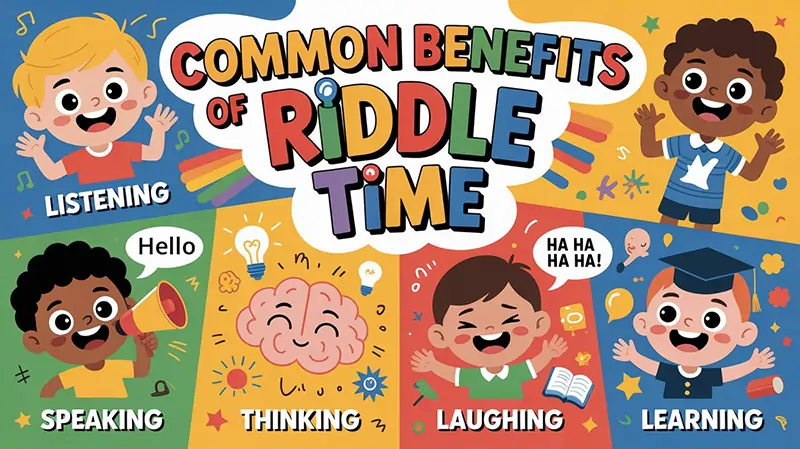
8. Conclusion and Free Resources
Alphabet riddles turn letter learning from a chore into an adventure. They make kids laugh, think, and genuinely enjoy language instead of just tolerating alphabet drills.
I’ve watched struggling readers transform into confident learners through simple riddles. I’ve seen shy kids become eager participants. All because riddles make learning feel like play instead of work.
Whether you’re a teacher planning next week’s lessons or a parent looking for something new to try during dinner, riddles are stupidly simple but incredibly effective.
Start small. Try one riddle today. Watch your kid’s face when they solve it. That spark? That’s why we do this.
? Free Resources You Can Explore:
| Resource | Description | Link |
| Starfall ABCs | Interactive alphabet games and songs | starfall.com |
| Education.com | Printable riddles and worksheets | education.com |
| PBS Kids | Learning through riddles, songs, and stories | pbskids.org |
| Twinkl | Classroom-ready riddle worksheets | twinkl.com |
| National Geographic Kids | Fun letter puzzles and wordplay | kids.nationalgeographic.com |
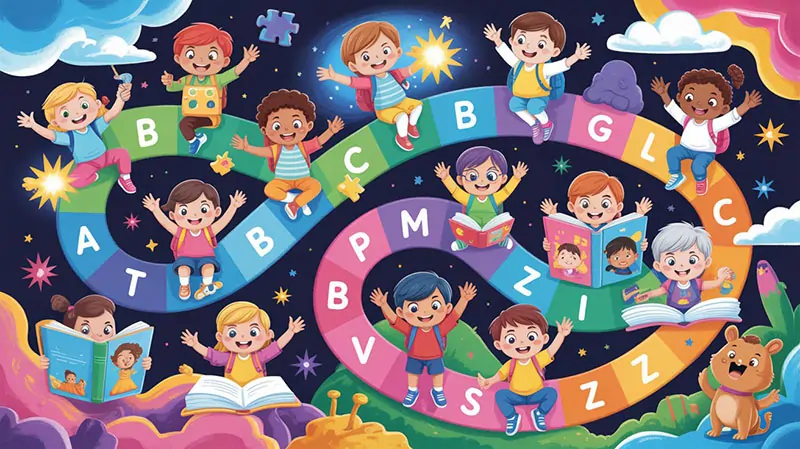
Final Thought
Every solved riddle is a tiny victory. That moment when a child’s eyes light up because they figured out the answer? That’s the whole point. Keep the clues coming, keep the laughter loud, and help your little learners crack the code to language—one letter at a time.
And when they start creating their own riddles to stump you? That’s when you know you’ve succeeded. Let them. Being stumped by a 6-year-old’s homemade riddle is one of parenting’s greatest joys.
